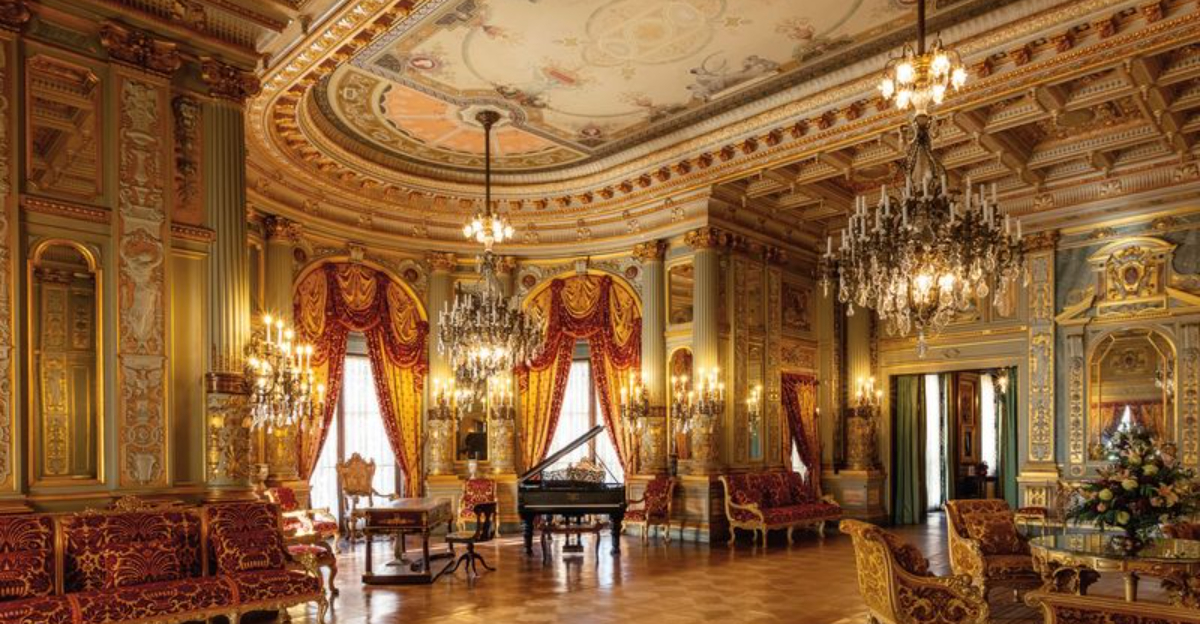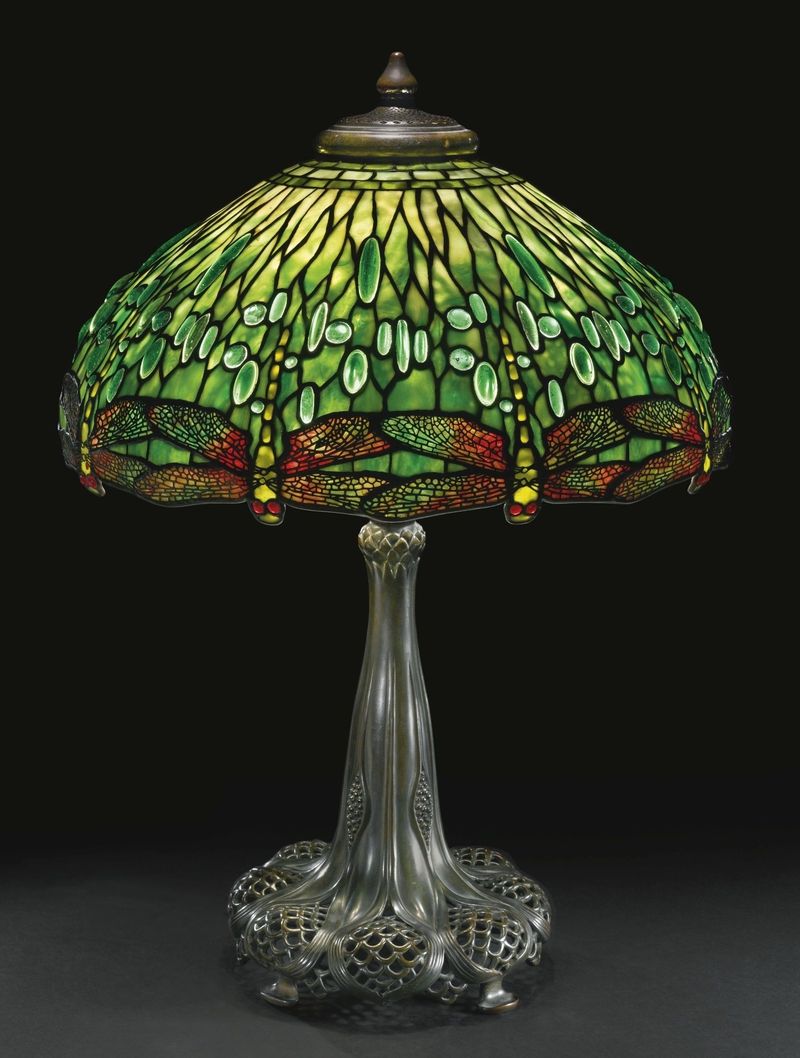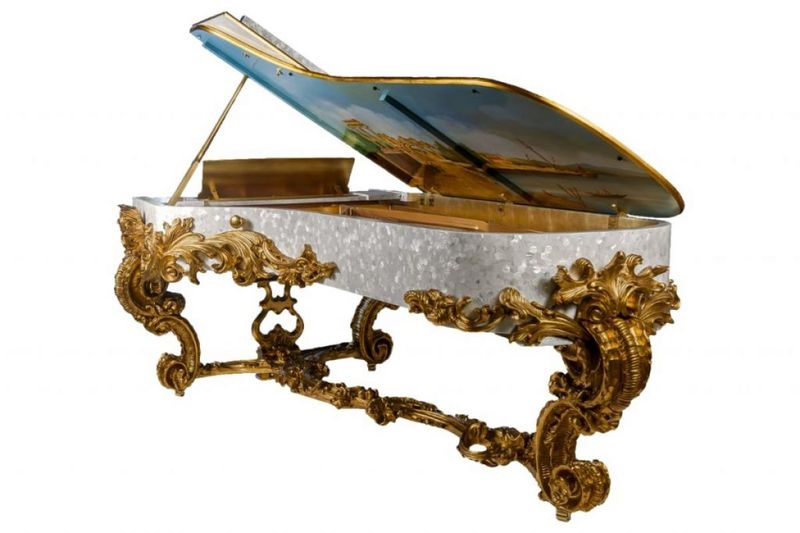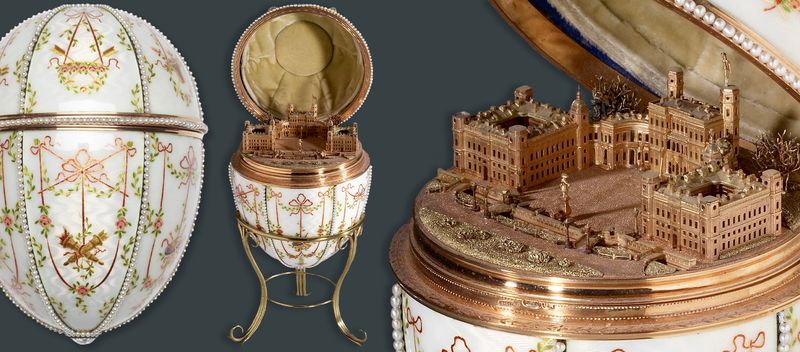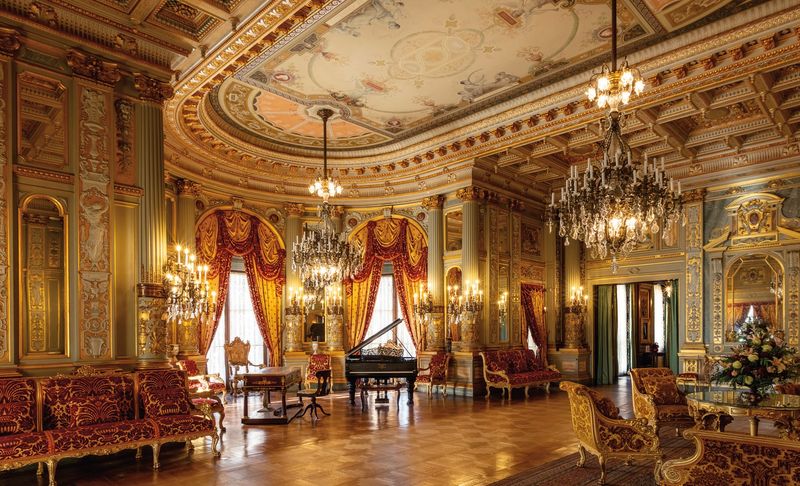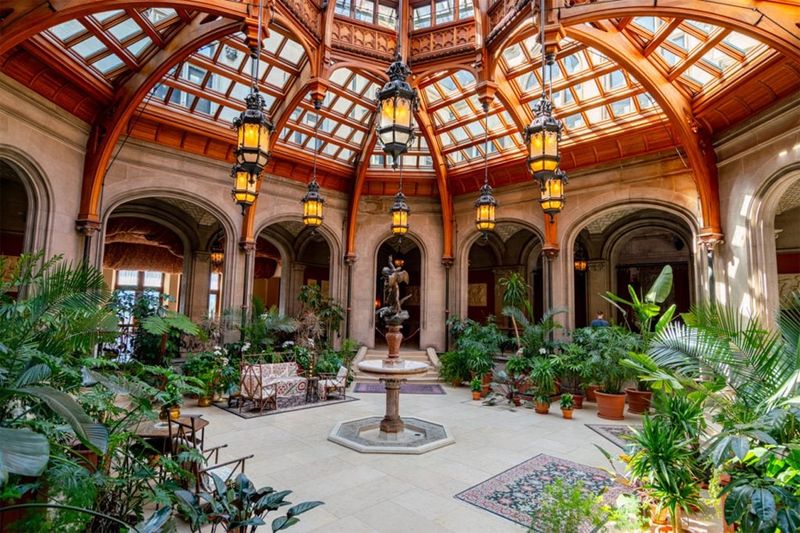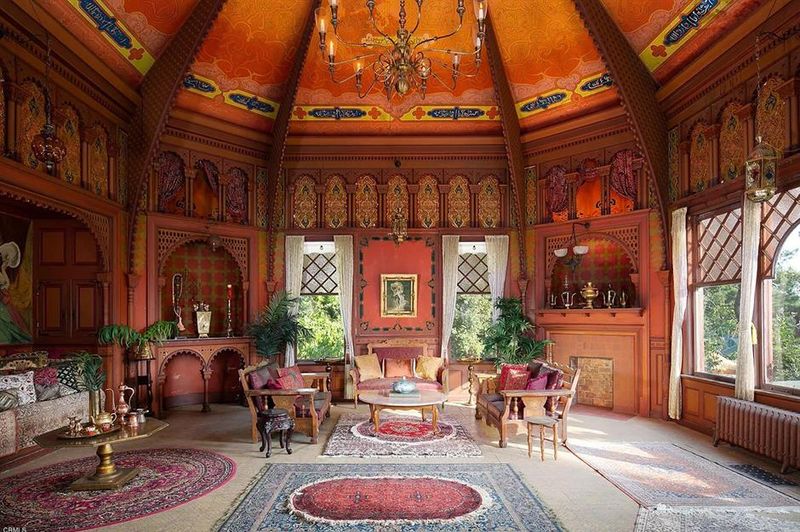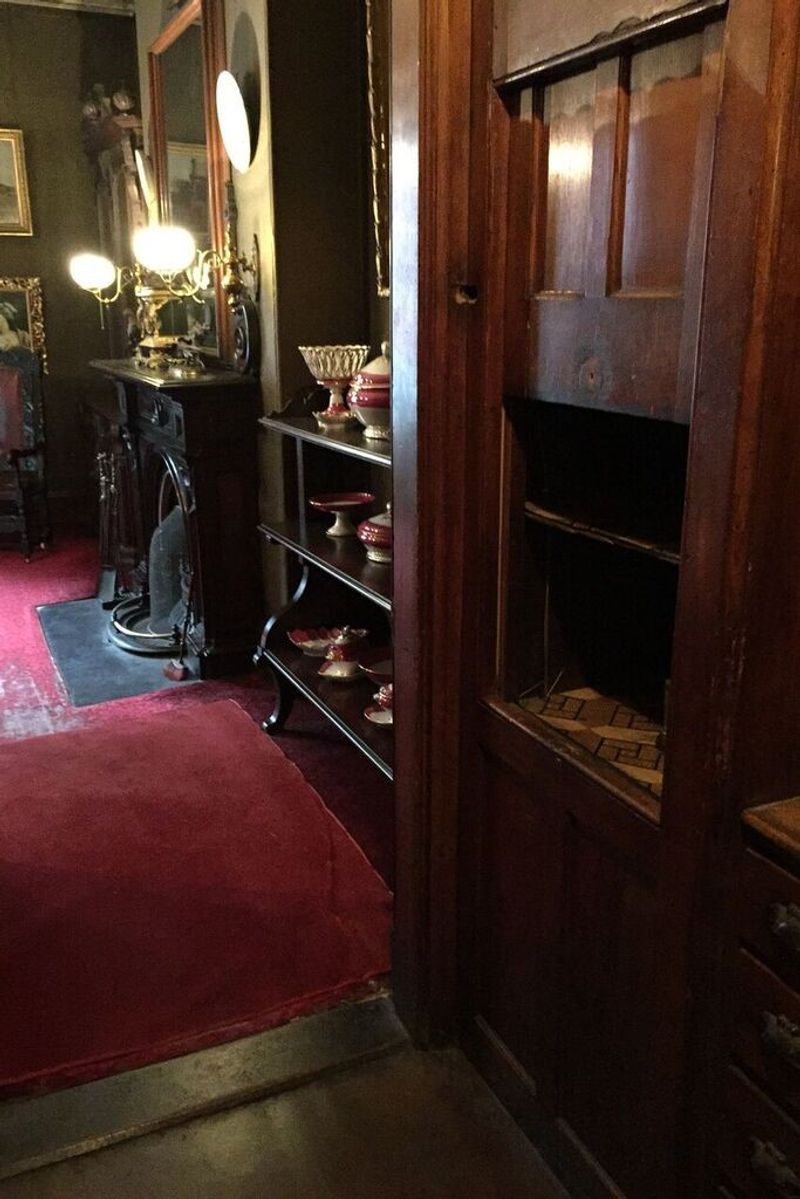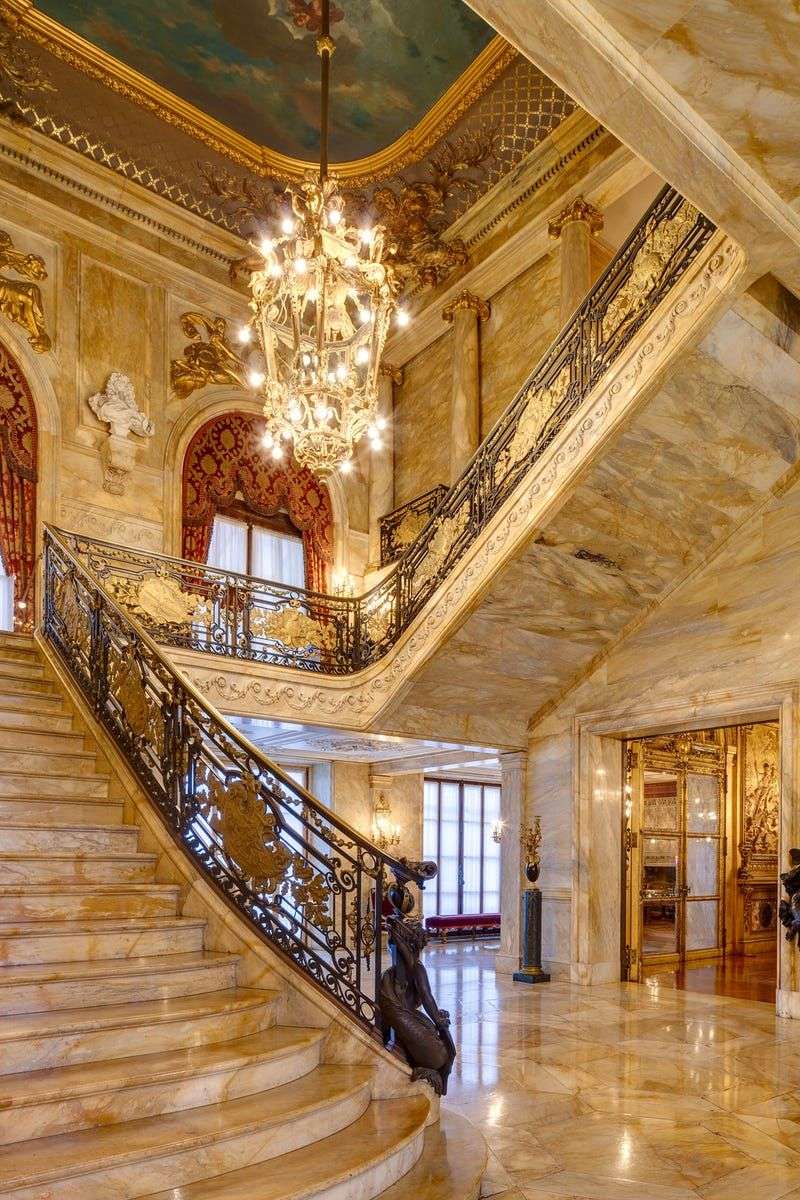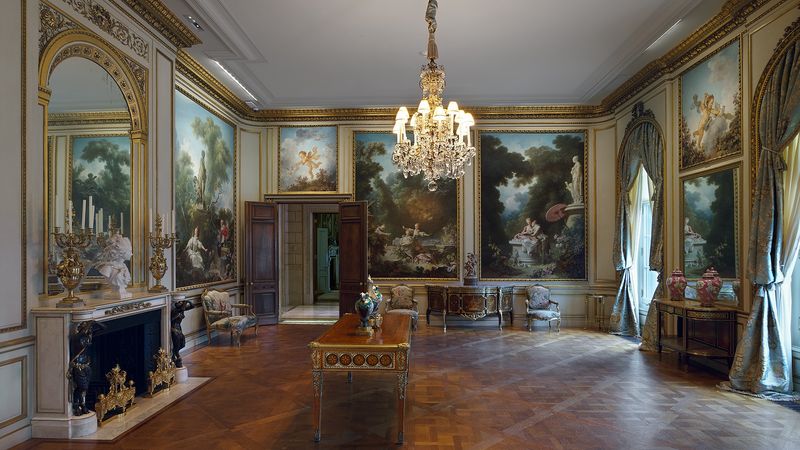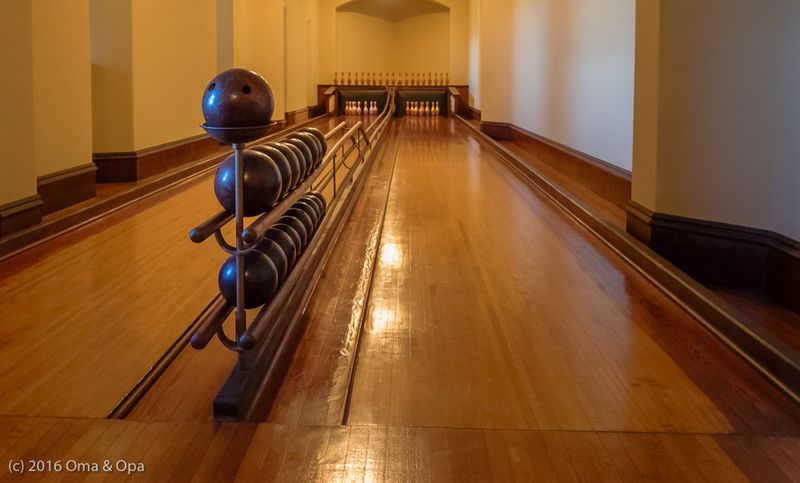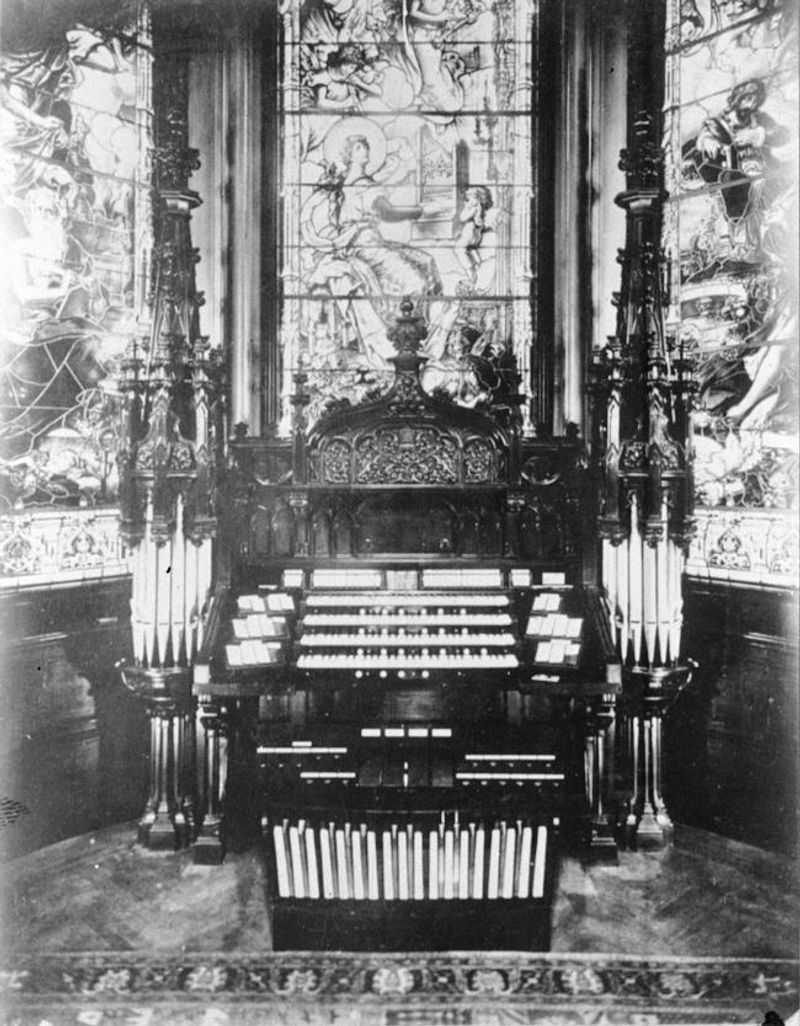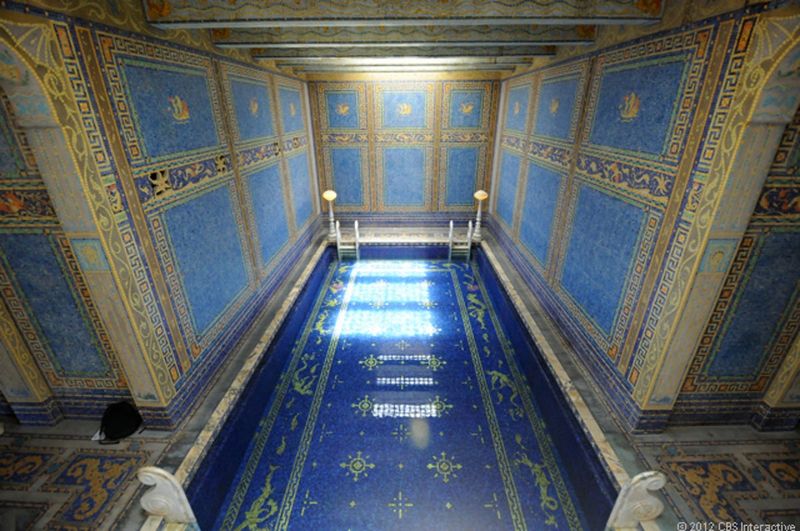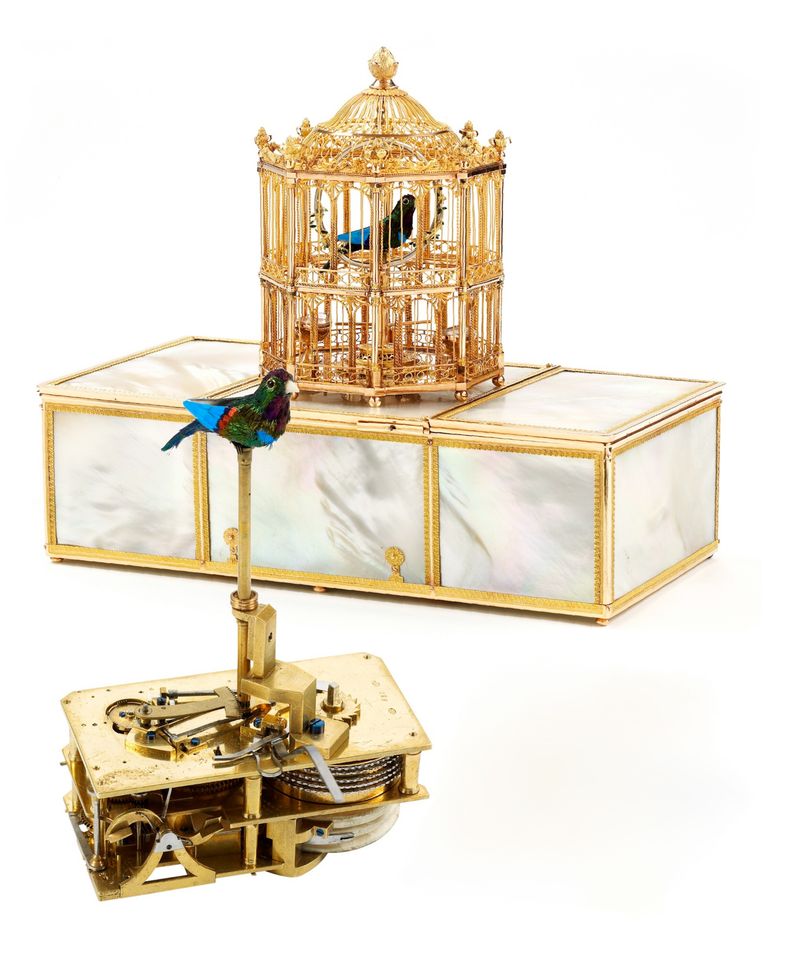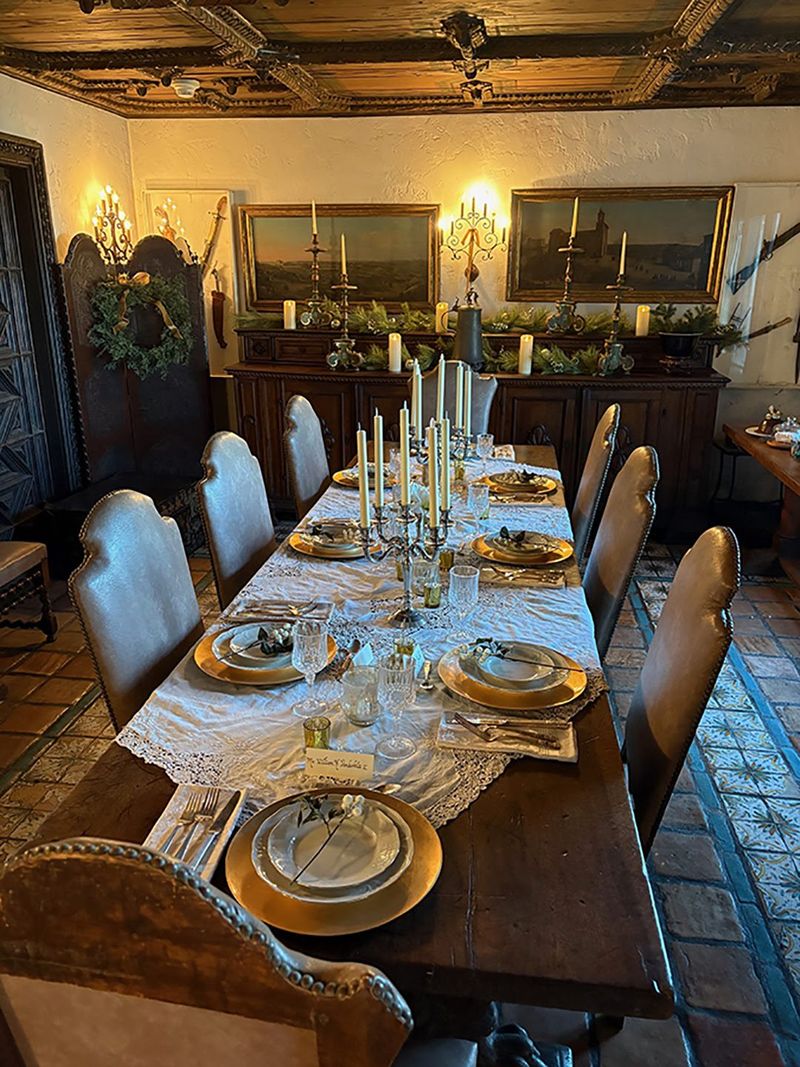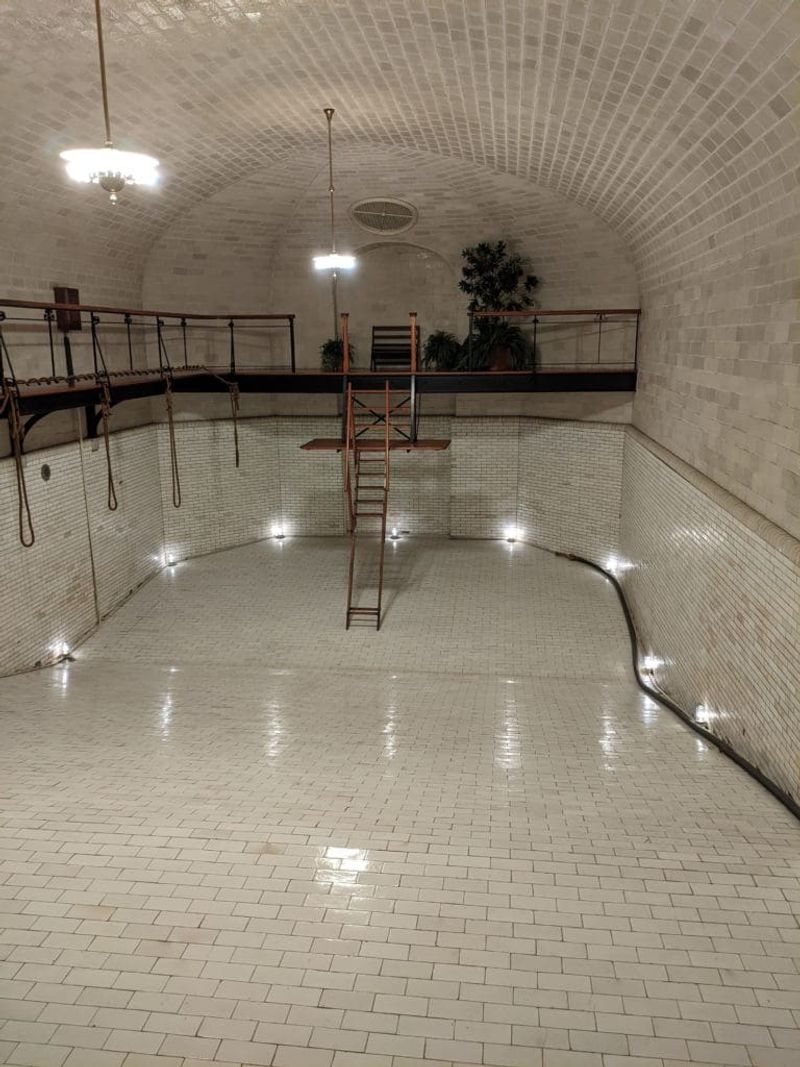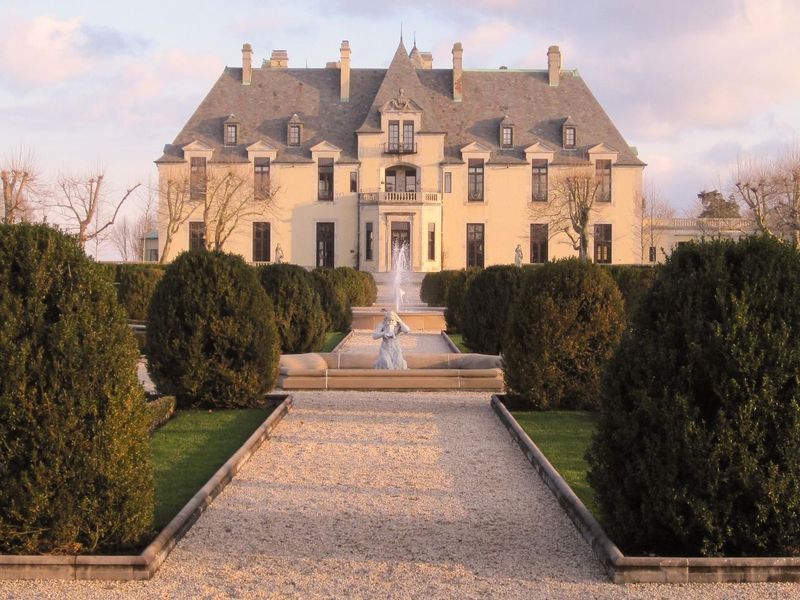From 1870 to 1900, America’s wealthiest families built opulent mansions filled with extraordinary treasures. The Gilded Age, named for its glittering veneer of extreme wealth, saw industrialists like the Vanderbilts and Rockefellers competing to showcase their fortunes through their homes. These luxurious dwellings contained remarkable objects that reflected both status and the technological innovations of the era.
1. Tiffany Lamps: Illumination as Art
Crafted by Louis Comfort Tiffany, these stunning stained glass lamps transformed lighting into wearable art. Wealthy families commissioned custom designs featuring dragonflies, wisteria, or peacock feathers that cost the equivalent of several months’ wages for the average worker.
Each lamp required hundreds of hand-cut glass pieces arranged in copper foil. The most elaborate examples included bronze bases sculpted into nature-inspired forms like tree trunks or lily pads.
Today, authentic Tiffany lamps command prices exceeding $1 million at auction, with the rarest designs becoming the crown jewels of museum collections worldwide.
2. Music Rooms with Player Pianos
No respectable mansion lacked a music room featuring a self-playing piano. These mechanical marvels used paper rolls punched with holes to automatically reproduce complex compositions, entertaining guests without requiring musical talent from the hosts.
Manufactured by companies like Steinway and Aeolian, player pianos became status symbols encased in hand-carved mahogany or rosewood cabinets. The wealthy commissioned custom rolls of popular tunes or classical masterpieces.
Some advanced models, called orchestrions, incorporated additional instruments like drums, cymbals, and even violins – creating an entire mechanical orchestra within a single piece of furniture.
3. Fabergé Eggs and Precious Curios
Wealthy American industrialists competed to acquire jeweled treasures from European royalty. Fabergé eggs, originally created for Russian tsars, became particularly coveted collectibles displayed prominently in glass cabinets for visitors to admire.
These miniature masterpieces contained hidden surprises – tiny working carriages, palaces, or animals crafted from gold and precious stones. Beyond eggs, mansions showcased snuffboxes adorned with miniature portraits, gold cigarette cases, and jeweled picture frames.
The McCormick family, of reaper fortune fame, amassed one of America’s largest Fabergé collections, displaying dozens of pieces in their Chicago mansion.
4. Servants’ Call Systems
Behind the mansion’s elegant walls ran complex networks of bells, tubes, and later electric systems allowing owners to summon servants instantly. Ornate call boxes with labeled buttons for each room adorned kitchen walls, while decorative pull-cords or discrete buttons were integrated into dining rooms and bedchambers.
The Breakers in Newport featured an advanced system with over 40 stations throughout the 70-room mansion. When activated, indicators showed which room required service.
Wealthy families expected immediate response – a matter of minutes could mean the difference between a servant keeping or losing their position in these demanding households.
5. Conservatories Filled with Exotic Plants
Glass-enclosed conservatories showcased rare botanical specimens collected from around the world. These living status symbols required dedicated gardeners and complex heating systems to maintain tropical environments through harsh Northern winters.
The Vanderbilt mansion at Biltmore featured a 7,000-square-foot conservatory housing orchids from South America, palms from Africa, and citrus trees from the Mediterranean. During parties, these spaces transformed into exotic entertainment venues with musicians playing among the greenery.
Maintenance costs were astronomical – the Biltmore’s monthly coal bill for heating the conservatory alone exceeded an average worker’s annual salary.
6. Turkish Smoking Rooms
Gentlemen retreated to exotic smoking rooms designed to transport them to imagined Eastern palaces. Walls covered in Moorish tiles or embossed leather surrounded low divans piled with silk cushions and hookahs displayed as decorative curiosities.
Mark Twain described the smoking room in William Whitney’s New York mansion as “a fairyland so wonderful that I am not adequate to describe it.” These masculine sanctuaries often featured ventilation systems disguised as decorative elements to remove cigar smoke.
Some smoking rooms included hidden cabinets where prohibited liquor could be stored during Prohibition, making them centers for discreet socializing.
7. Mechanical Dumbwaiters and Food Elevators
Elaborate dining experiences required food to arrive hot and perfectly presented from kitchens often located far from dining rooms. Mechanical dumbwaiters – small elevators operated by counterweights or electric motors – transported dishes between floors without revealing the messy work of food preparation.
The Flagler mansion in Palm Beach featured a rotating dumbwaiter system that could deliver multiple courses simultaneously. These systems prevented dining room guests from being disturbed by servant traffic during elaborate multi-course meals.
Some mansions incorporated warming drawers within the dumbwaiter systems to maintain perfect temperature during the journey from kitchen to table.
8. Crystal Chandeliers with Gas-Electric Fixtures
Mansions showcased technological transition through combination gas-electric chandeliers. These massive fixtures, often imported from European craftsmen, featured both gas jets and early electric bulbs – allowing hosts to switch between lighting methods as electricity remained unreliable.
The Vanderbilt mansion on Fifth Avenue boasted a banquet hall chandelier with 72 gas jets and 48 electric bulbs imported from Venice. Controlling these fixtures required dedicated staff members who operated complex valve systems.
Crystal prisms were specifically cut to maximize light reflection, creating dazzling effects that emphasized the home’s opulence and the owner’s ability to harness cutting-edge technology.
9. Massive Porcelain Collections
America’s elite developed obsessions with European and Asian porcelains, displaying hundreds of pieces in dedicated rooms. Sèvres from France, Meissen from Germany, and export wares from China filled custom-built glass cabinets and adorned dining tables during elaborate entertainments.
Henry Clay Frick’s collection included complete dinner services never actually used for dining – purchased purely for display. The Morgan family commissioned personalized services featuring their coat of arms from royal manufacturers.
Wealthy hostesses competed through themed dinner parties where table settings included different porcelain patterns for each course, requiring servants to execute perfectly choreographed china changes between dishes.
10. Private Bowling Alleys
Long before public bowling became popular, America’s wealthiest families installed private bowling alleys in their basement levels. These lanes featured hand-carved wooden pins and balls made from lignum vitae, the hardest known wood.
George Vanderbilt’s Biltmore Estate included a two-lane bowling facility with automated pin-setting mechanisms – technology unavailable in public establishments until decades later. Scoring was managed by white-gloved attendants who maintained the equipment and recorded points for players.
Unlike today’s loud bowling centers, these private alleys were designed for refined entertainment with plush seating areas, wood paneling, and often a nearby billiards room for comprehensive amusement options.
11. Massive Pipe Organs
Before recorded music existed, wealthy families installed concert-grade pipe organs in their homes. These instruments required dedicated chambers for thousands of pipes, with some installations spanning multiple floors and requiring structural modifications during construction.
Charles Schwab’s Riverside mansion featured an organ with 7,000 pipes controlled from a console in the main hall. Professional organists were kept on staff to provide daily concerts during morning routines and evening gatherings.
These instruments represented extraordinary expenses – Andrew Carnegie’s home organ cost approximately $120,000 in 1900 (equivalent to over $4 million today), plus annual maintenance contracts with specialized technicians.
12. Marble Bathtubs with Multiple Faucets
Bathroom technology reached unprecedented heights in Gilded Age mansions. Marble bathtubs weighing several tons featured multiple brass faucets delivering hot, cold, and sometimes salt water at different temperatures simultaneously.
The Hearst Castle bathrooms included tubs carved from single marble blocks with gold-plated fixtures shaped as dolphins or swans. Some advanced systems offered shower attachments with adjustable water pressure – a remarkable luxury when most Americans still bathed in portable tin tubs.
Mansion bathrooms often required dedicated water heaters and multiple servants to prepare, with some tubs taking over an hour to fill completely for the master’s bath.
13. Mechanical Toy Collections
Adults and children alike marveled at collections of mechanical toys imported from European makers. Automated figures that wrote letters, played instruments, or performed acrobatics entertained guests in special display rooms.
J.P. Morgan amassed hundreds of mechanical birds in jeweled cages that sang realistic songs when wound. These automata represented cutting-edge technology, with some containing over 3,000 precision parts crafted by specialized watchmakers.
The most elaborate examples, like mechanical orchestras or miniature working carousels, required white-gloved servants trained specifically to operate and maintain these delicate treasures that sometimes cost more than a worker’s lifetime earnings.
14. Gold and Silver Dinner Services
Dinner tables groaned under the weight of solid gold and silver tableware used for elaborate entertaining. The Vanderbilt family owned a 200-piece silver service requiring four servants just to transport it from storage to dining room.
Beyond utensils, these collections included massive centerpieces depicting mythological scenes or historical events. The Whitney family commissioned a solid silver model of their yacht as a centerpiece, complete with working miniature cannons that fired after-dinner salutes.
Special vaults with humidity control protected these treasures when not in use, with dedicated staff members whose sole responsibility was polishing and maintaining the precious metals.
15. Indoor Swimming Pools with Filtered Water
Long before public pools became common, mansion owners built private indoor swimming facilities with heated, filtered water. These technological marvels required dedicated steam plants and filtration systems that represented cutting-edge engineering.
The Vanderbilt indoor pool at Biltmore featured underwater electric lighting when most Americans still used oil lamps. Changing rooms were equipped with early hair dryers and heated towel cabinets.
Swimming instructors were kept on staff to teach family members the latest techniques, while maintenance required a team of engineers managing water quality through sand filtration systems – technology that wouldn’t reach public facilities until decades later.
16. Palm Courts for Year-Round Entertaining
Central glass-roofed courtyards created tropical paradises within Northern mansions. These palm courts featured imported marble floors, fountains, and potted palms maintained at ideal temperatures regardless of exterior weather.
The Carnegie mansion palm court included a retractable glass roof operated by hydraulic systems – allowing open-air entertaining in summer and protected tropical atmosphere during winter. Musicians performed from hidden alcoves while guests danced among exotic plants.
Maintaining these spaces required dedicated gardeners who monitored humidity and temperature constantly. The George Eastman House palm court consumed nearly 15 tons of coal monthly just to maintain proper growing conditions for its collection of rare tropical plants.
